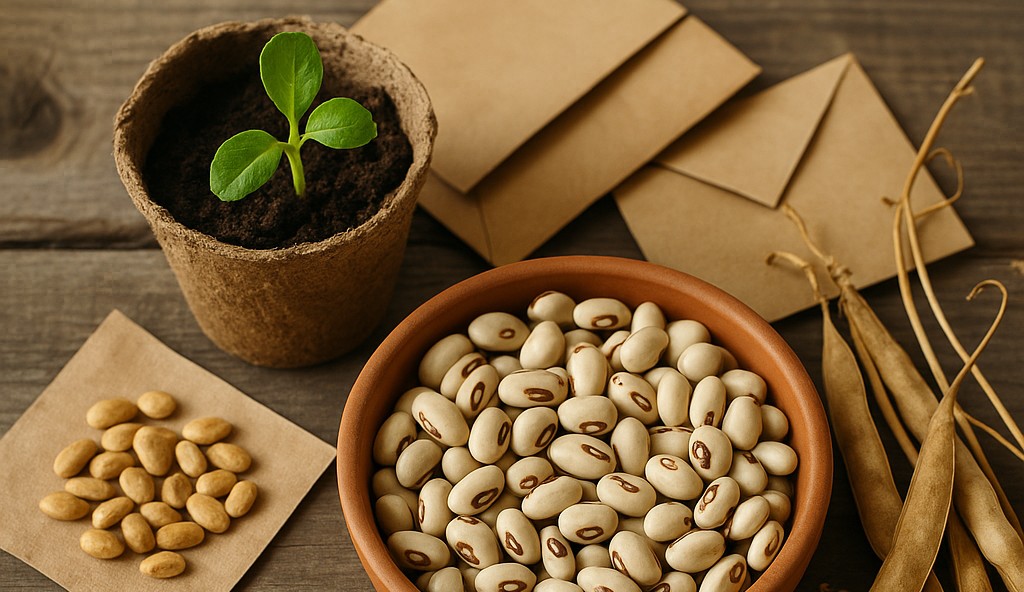
Master Gardener’s Guide to Seed Saving: Cultivating Self-Sufficiency in Manitoba Gardens - AI Generated Image
As Manitoba gardeners look to extend the life of their crops and embrace greater self-sufficiency, seed saving is becoming an increasingly valuable practice. Drawing from generations of family wisdom and expert advice from the Manitoba Master Gardener Association, this approach not only strengthens individual gardens but also supports broader agricultural biodiversity.
At the heart of seed saving is the distinction between open-pollinated and hybrid varieties. Open-pollinated and heirloom plants produce seeds that grow true to type, allowing gardeners to replant year after year. Hybrid seeds, however, are bred for specific traits such as yield or uniformity, and their saved seeds will not reliably reproduce the parent plant, requiring new purchases each season.
The process of seed saving begins with careful selection. Healthy, disease-free plants that best represent their variety should be chosen, while inferior ones are “rogued” out. Isolation methods, from distance planting to mesh bags, help prevent cross-pollination and preserve varietal purity. Harvesting techniques vary—dry seeds such as beans and peas should be left to mature fully on the plant, while wet seeds like tomatoes and squash benefit from a short fermentation process before drying.
For biennial crops like carrots, beets, and onions, seed saving requires extra care. These plants must overwinter before producing seeds, meaning roots need to be stored in cool, humid conditions before replanting in the spring.
Storage is equally important. Seeds should be kept dry, cool, and dark, ideally in airtight containers with desiccants to prolong viability. Proper labeling with variety and date ensures seeds are used at their peak. While some, like lettuce or beans, can last several years, others are best planted the following season for strong germination.
Beyond the garden gate, seed saving carries broader significance. With the Food and Agriculture Organization noting that 75 per cent of agricultural crop diversity has been lost in the past century, each saved seed represents a step toward safeguarding biodiversity. For Manitobans, the practice helps adapt plants to local soil and climate, building resilience into home and community gardens alike.
In an era where sustainability is more pressing than ever, seed saving offers a way to connect past traditions with future food security. Whether tending a backyard plot or a larger homestead, Manitoba gardeners can cultivate not only vegetables and flowers, but also independence, diversity, and resilience—one seed at a time.






